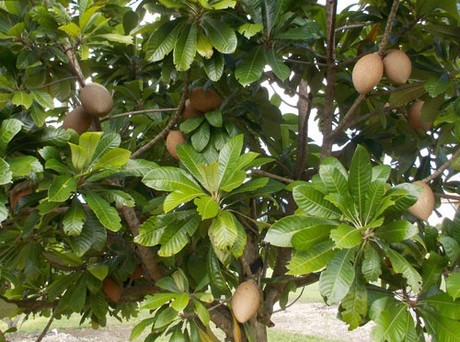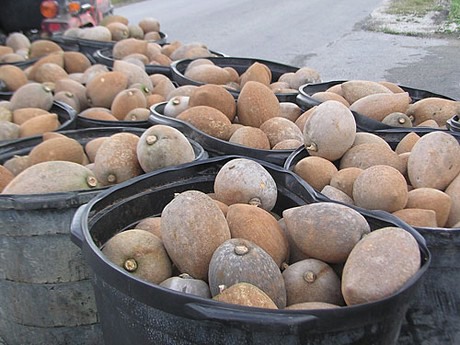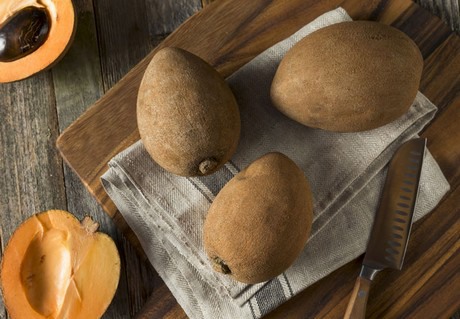The Mamey Sapote season is just commencing in Florida now. Growers say the start of the season is later than normal due to the after-effects of Hurricane Irma, which is still making its presence felt some 18 months after it devastated parts of South Florida. The hurricane has also been blamed for the terrible Mamey season last year, when practically no fruit was produced the entire season. This year though, the crop is looking much better.
"Last year, there were almost no Mamey, but this year we have plenty of fruit and we are expecting a much better season," said Ernie Sardina of Sardina Farms in South Florida. "Normally we start harvesting in February but the season is late this year because of Hurricane Irma and prolonged cooler temperatures over the winter months. The fruit takes about 12 - 15 months to grow, so trees need an extended period of time to recover from any damage."

Two types of Mamey Sapote
Sardina explained that there are two types of Mamey, each with their own seasons. The first available variety is "Magaña" which is in season from March until June. It is larger and has dark salmon colored flesh. The second variety is the "Key West", which is smaller than Magaña but considered much sweeter. Key West is in season from July to September.
"Key West is the sweeter of the two but because they are smaller, it takes more of them to fill a bin," he said. "After harvesting and inspecting the fruit, we wholesale to the packing house where they distribute to various parts of the country including California and Texas."

Sardina also mentioned that the flavor and texture profile of Mamey lends itself well to milkshakes and ice creams. "The taste is kind of like a combination between a strawberry and a sweet potato. You can eat Mamey by itself and as an ingredient in milkshakes and ice cream, you cannot beat it due to its unique characteristics."
More competition for the market
While Mamey is generally a well accepted fruit in the exotic category and also among the Hispanic demographic, an increasing number of growers in South Florida means that farms like Sardina Farms are considering switching to other tropical fruits in order to get a better return.

"My Dad used to grow guava but then wanted to change to Mamey, starting the company in 1980," Sardina explained. "It's a good crop to grow, but the demand is not what it once was. A lot of people have started growing it at their homes or on spare land and consequently the market has become a little saturated. As a result, we are considering whether or not to continue growing Mamey or switch to other fruits."
For more information:
Ernie Sardina
Sardina Farms
Ph: +1 (786) 543-8967
info@sardinafarms.com
www.sardinafarms.com
